Sofia Two Days City Break
We had rested our aching skiing limbs for a few days in Bansko before we headed north to Bulgaria’s capital to see what we could find out about Sofia in two days. We were looking forward to a bit more city exploring after Istanbul and Plovdiv had provided us with some real architectural and historical treats.
There are no shortage of hostels in Sofia, but we like our privacy so opted for a small sized room from the easyjet group. The easyhotel cost just 19 euro per night for the room (with an additional reasonable charge for wifi). It is in a good location minutes from tram stops and the metro station at K. Velichkov. The dorm bed in an 8 room hostel would have cost us 8 euros each, so there was no contest really. You can find cheap hotel deals in Sofia here.
The hotel room was very small and by the time we had put our backpacks on the ground all floorspace disappeared, larger rooms are available for a slightly higher price. The capsule bathroom was similarly bijou, but perfectly adequate.
Getting Around Sofia
Sofia’s transport system is comprehensive if a little difficult to understand. All the signage and maps also have English destination names but we did find it a little difficult to work out which direction we wanted to go on the metro a few times. The signage is not that intuitive, or maybe we were being stupid. You can’t really moan though as a single journey anywhere on the system costs just 1 Leva and we found getting about in the city for a day cost us no more than a couple of dollars each. Most of the time you will be walking between the main sights in central Sofia and you don’t need the transport system.
The trams and trolley buses are fun to ride on too and clank their way around the areas the metro does not cover. Some of the tourist maps have the tram and trolley bus lines and numbers marked on to make navigation easier. Make sure you pick up one of these when you arrive.
The Sights
We started our sightseeing at the Sofia University main building. Opened in the late 19th Century, funded by the prominent financier Evlogy Georgiev and his brother Hristo, the impressive building sits on the corner of the square in Sofia and was eventually completed in 1934.
We had hoped to pop into the Tourist information office which is located in the metro exit at the University, but it was closed. It appears in the winter at least tourist information is a weekday only activity.
From here it is a short walk to the Soviet Army memorial which stands in the centre of a small park with a beautiful backdrop of the surrounding snow capped mountains. Weaving your way back up to the university you can stop for a beer or a coffee at one of the cafes that edge the park ready for the church visiting extravaganza that will follow.
Just north of the university are some impressive religious buildings grouped around Alexander Nevski square and the Bulgarian Parliament building. If museums and art galleries are on your list the National Library and Art Gallery flank the main university building.
There is a small nut and seed stall just on the edge of this park, if you are a little peckish stop and sample some of what she has to offer they are really tasty and you will find nuts covered in all sorts of flavourings.
The most impressive of the churches in size, scale and ornate interior is the Alexander Nevski cathedral. Its gold domes will entice you towards it and the spectacle just gets better as you home in on the architectural detail . As you get closer you start to marvel at its mosaic gems and gold leaf icons before finally entering the church proper. From inside you get a whole new perspective of internal domes and wall paintings, you can stand and watch the faithful light a candle for their loved ones and, as yet, unanswered prayers.
There are two smaller gems surrounding this main tourist magnet in the form of the Russian Church and the Sveta Sofia (or St Sofia) which is the oldest Eastern Orthodox church in the city, they are tiny by comparison but each have a different style to the Nevski. The Russian Church in particular is unique with its five onion shaped domes built in 1912 named after St Nikolai the miracle maker. Inside you will see people leaving wishes written on slips of paper.
From here we wandered towards Bulgaria’s version of Whitehall to the collection of government buildings clustered around the Largo area where some impressive buildings house government ministries and departments. Here you will also find the Archaeological museum (which is a relic itself having been here since 1899) and across the way through an arch the St George Rotunda. This church dates back to the fourth century and is Sofia’s oldest preserved building.
A quick detour east and you will find yourself in front of the Ivan Vazov National theatre with its impressive six columned forty metre high facade which was built in 1907. The fountain out front was sadly empty when we were there, but in the summer will no doubt offer an additional treat for tourists.
We detoured through the shopping areas in the old town before making our way back up to the Largo area and having a look at the ruins of the tiny Sveta Petka Samardzhilska church that now forms part of the metro pedestrian underground walkway by Serdika station. From here you can also see the Banya Bashi mosque and old public baths opposite which are currently in the process of restoration.
Our final visit was to the Halite, the former food market which has been here since 1909. The market now sells a variety of speciality food produce and the top floors house cafes and bars. If you exit the market through the year entrance you will also happen across the Sofia Synagogue which is a replica of the Sephardic synagogue in Vienna.
On our second day we explored a little more around the Yuzhen Park visiting the National Palace of Culture and the Earth and Man and the Contemporary Art Museums. The park in front of the Palace of Culture is a good spot for a bit of people watching especially on a Sunday (the day we were there) as the dog walkers, roller bladders, skateboarders and loving couples come out to play and wander around wrapped up against the chilling wind. Later spending the day walking around the local markets checking out the art and bric a brac for sale, whilst sampling local beers and street food.
Final thoughts on Sofia
Sofia has been a really interesting destination and you can easily visit here on a tight budget, dorm rooms on offer from 6- 8 euros an evening, street food in the form of Bulgarian pastries, pizzas, hot dogs and kebabs are available everywhere from a euro or two a pop. Beer and drinks are cheap and the place will only start getting expensive if you venture into one of the many up market restaurants or bars. If you stick to the street side cafes and restaurants you will still only pay around 2.50 – 3.00 Lev (1.70 euros) for a seat with a nice view of what’s going on around you and a 500ml beer in your hand. Not bad when you have all these amazing buildings, architecture and history to look at when you are refreshed.
We would definitely like to visit Sofia again in warmer weather (we were here at the start of spring in 2013) as we imagine the parks and streets come to life even more in the warmer summer months. Its a great value city break and Sofia is very easy and quick to get around, even with only 48 hours, with lots to see and do.

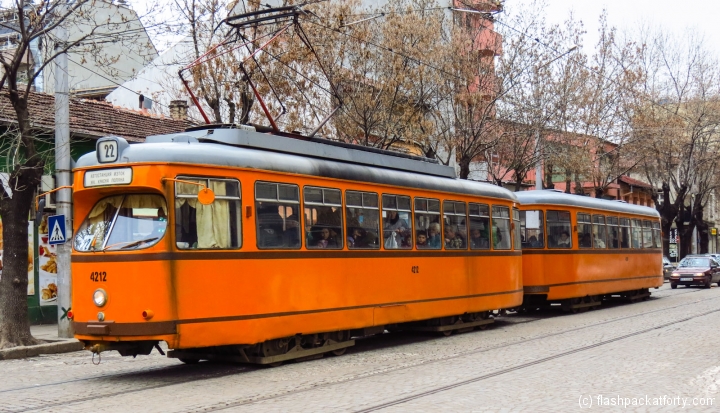
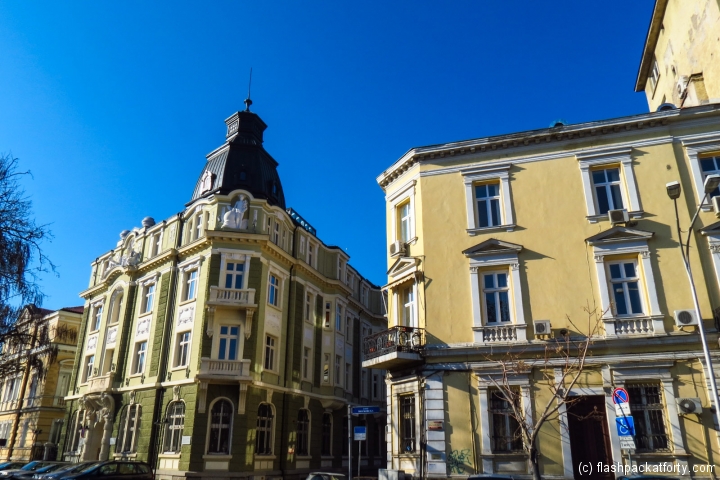
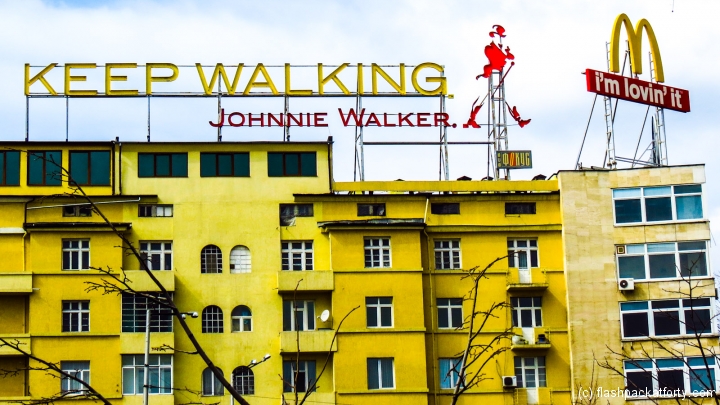
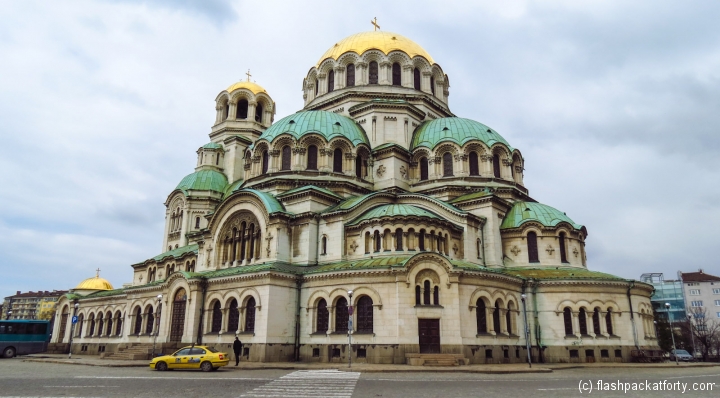
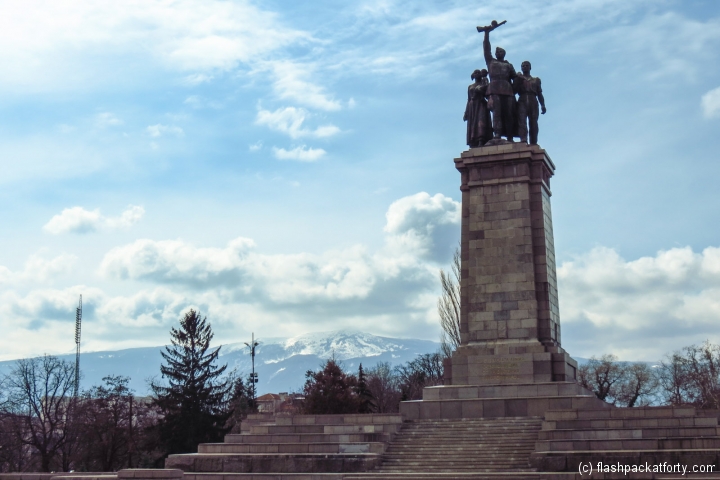
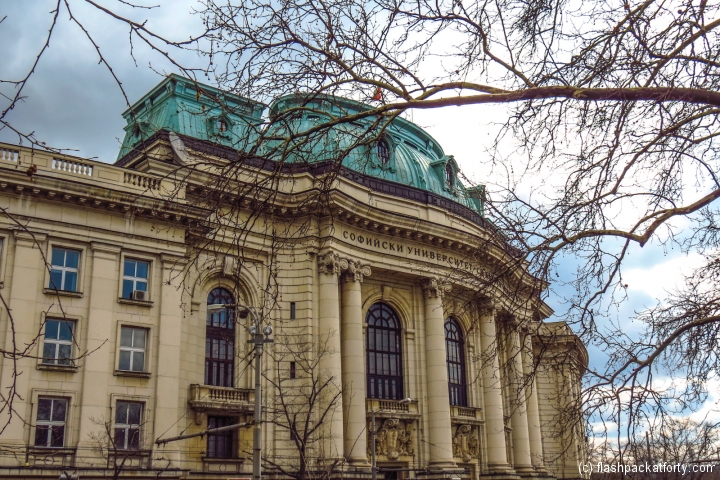
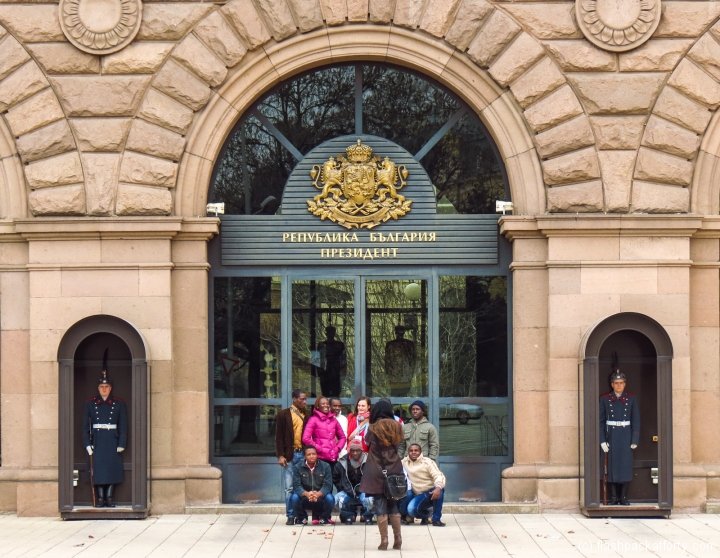
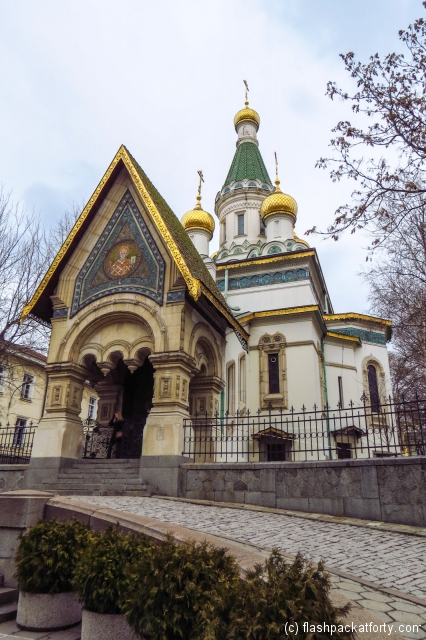
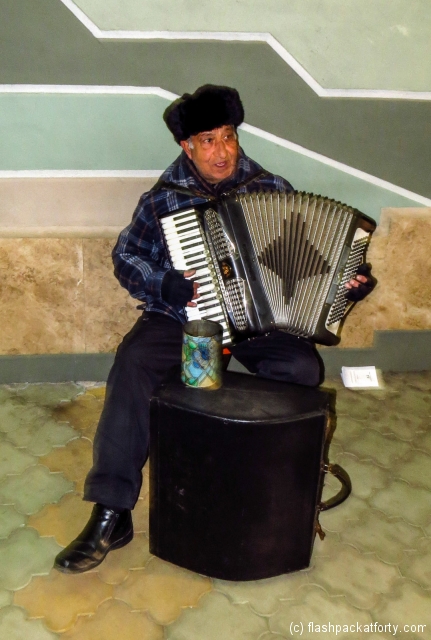
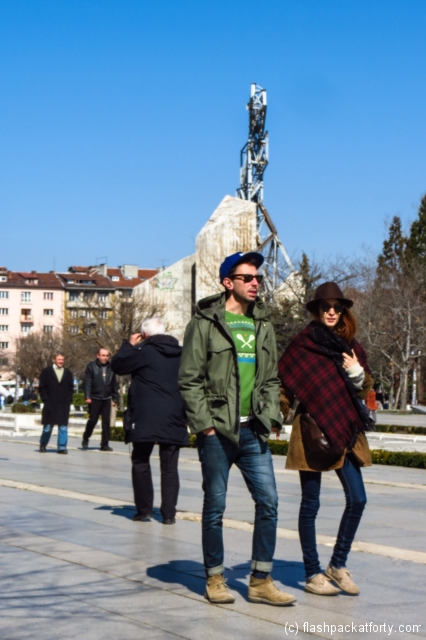
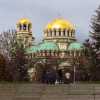
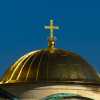
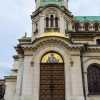
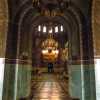
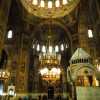

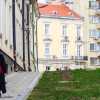


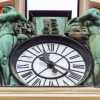
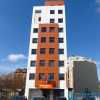
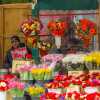
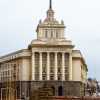
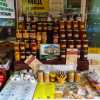
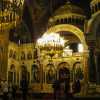
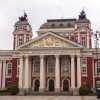
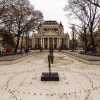
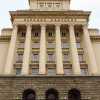
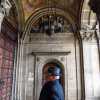

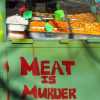
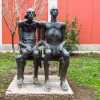


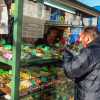
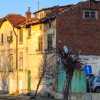
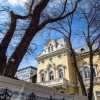
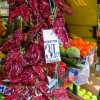
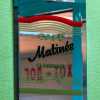
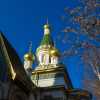

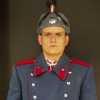
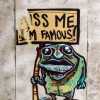
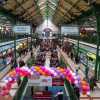
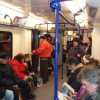
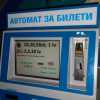
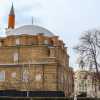
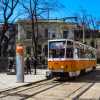
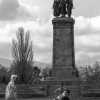
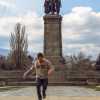
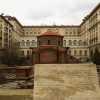
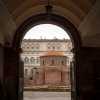
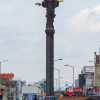
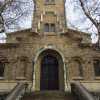
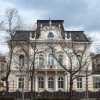
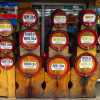

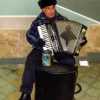
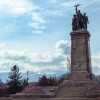
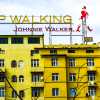
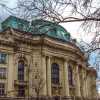
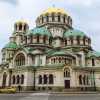
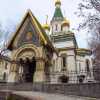
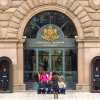
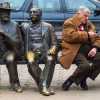
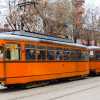
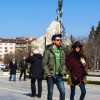
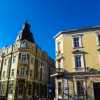






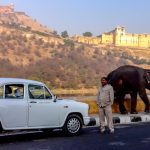
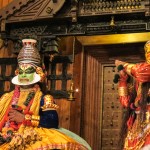

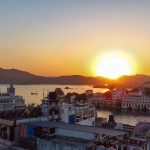
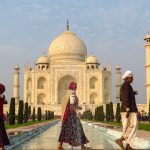
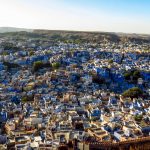
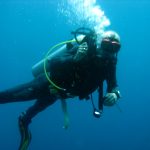

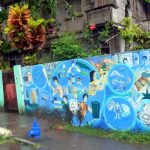
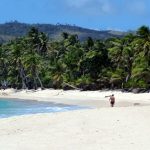
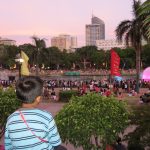
Glad you liked Sofia. I enjoyed it as well, and was surprised by it. We took a free walking tour, which was nice. And did a day trip to Riga. Then, I got food poisoning, but the folks at our hostel were great in helping out. All in all, it was not a bad place to get sick. I too would return to explore more, and hopefully would avoid getting sick!
I’d never really considered Sofia, or indeed Bulgaria for that matter, a place I’d like to visit…but it sounds like it is definitely worth checking out when in the region! (By the way, I like your sideways poke at religion when describing the Alexander Nevski cathedral. And I say this with no sarcasm; religion makes me angry.)
Wow what a fascinating place! Id love to visit there.